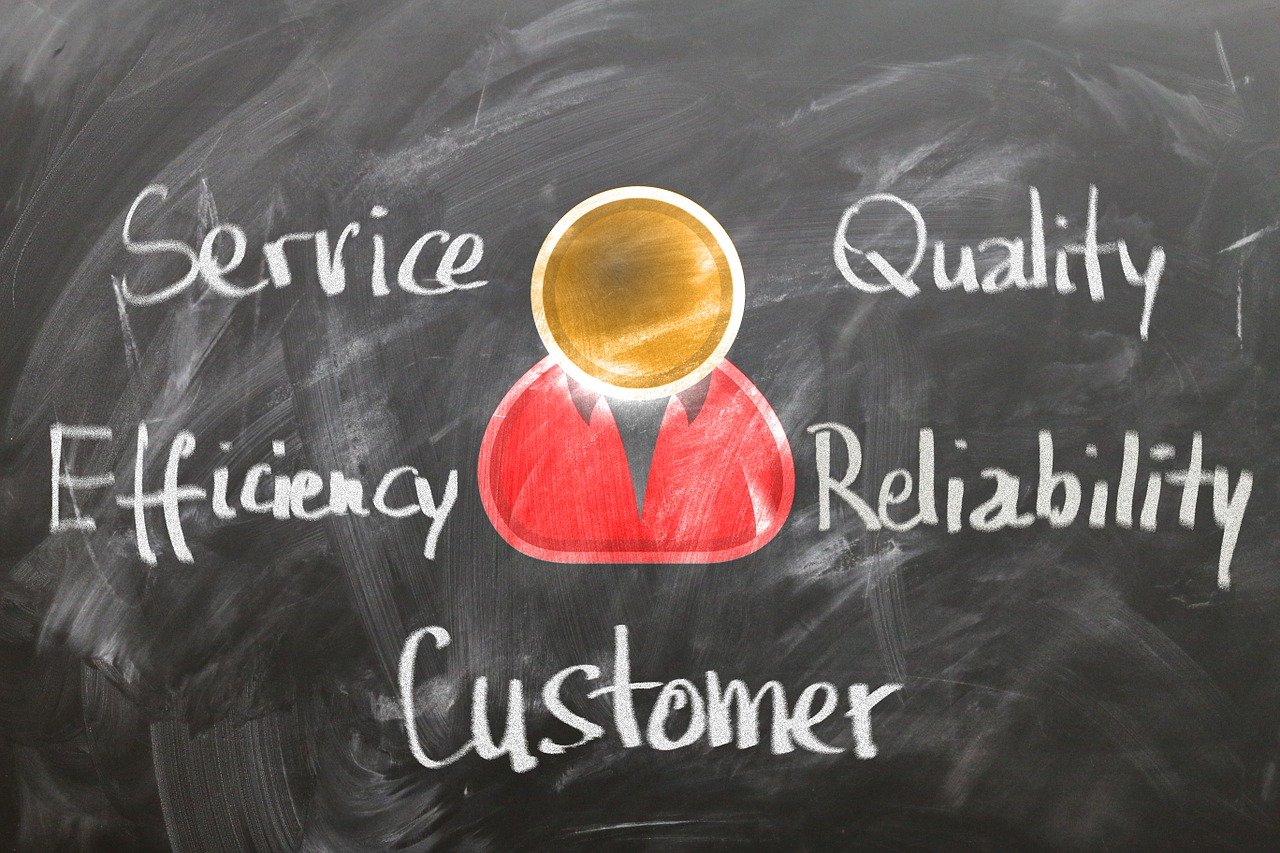
Why the Customer Experience Matters
As consumers, we have all felt how important the customer experience can be to how we feel about a business, their brand, and our loyalty as a customer. As employees, we know that an aligned customer experience can make work easier and more fulfilling, Yet, as leaders, sometimes we miss the mark in terms of customer centricity.
Bain’s recent survey of the customers of 362 companies found that only 8% described their experience as “superior,” while 80% of the companies surveyed believe that the customer experience they have been providing is indeed superior.
We define the customer experience as how customers react to and feel about every direct and indirect contact with your company. And thanks to advanced technology and increased competition, customer expectations are skyrocketing. Customers expect a fast, easy, value-added, personalized, and consistent experience regardless of how they interact with you.
An Aligned Customer Experience Delivers Value
If you want your business to thrive, assess your corporate culture so that you can evaluate the way your customers experience every aspect of your business. To create a customer experience that aligns with your organization’s values, purpose, culture, and strategy, you must thoughtfully work with your entire organization to understand at each level how to consistently deliver the best customer experience possible.
Recent research by Accenture found that companies that create a simpler, more engaging customer experience across all customer-facing functions are 26% more likely to achieve the highest levels of customer satisfaction and speed to market.
The Challenge
To create a truly aligned and customer-centric culture, the entire organization must work out the “why” and the “how” from your customers’ point of view. You will need to:
The Bottom Line
To build an aligned customer experience, leaders must create strategic clarity, have a deep understanding of the current state, and design an end-to-end customer experience that matters.
To learn more about how to successfully redesign your customer experience, download How to Mobilize Your Change Initiative
Explore real world results for clients like you striving to create higher performance